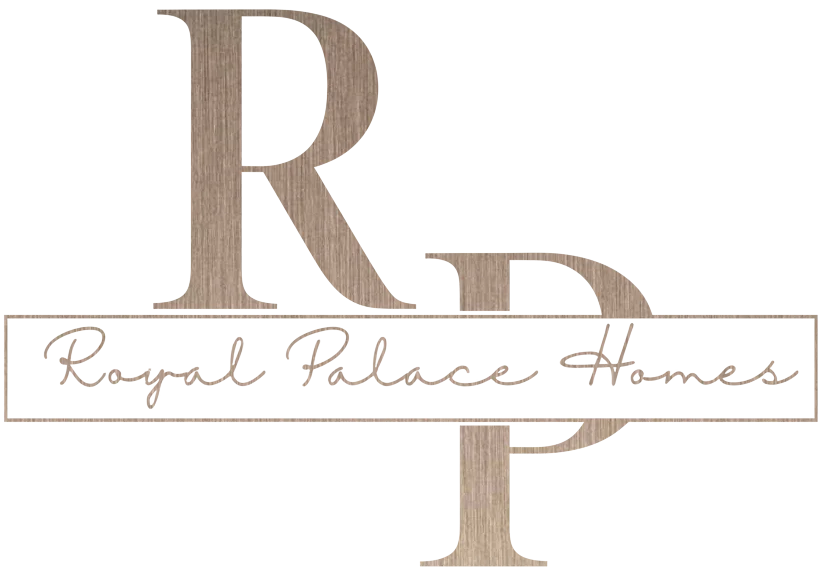Title: Essential Tools and Equipment for DIY Painting Projects
Painting is one of the most popular DIY projects that can instantly transform the look and feel of a space. Whether you are painting a room, furniture, or your home’s exterior, having the right tools and equipment is essential for a successful and professional finish. In this blog post, we will discuss the essential tools and equipment needed for DIY painting projects.
1. Paintbrushes and Rollers:
Paintbrushes and rollers are the most basic tools needed for any painting project. Invest in high-quality paintbrushes in various sizes for cutting in edges and corners, as well as rollers for larger surface areas. A good quality roller frame and covers will ensure a smooth and even application of paint.
2. Painter’s Tape:
Painter’s tape is a must-have tool for achieving clean and crisp lines when painting. Use painter’s tape to mask off areas that you do not want to paint, such as trim, baseboards, and ceilings. This will help you achieve a professional-looking finish without any messy edges.
3. Drop Cloths or Plastic Sheeting:
Protect your floors, furniture, and other surfaces from paint spills and splatters by using drop cloths or plastic sheeting. Covering up these areas will make cleanup much easier and prevent any accidental damage during the painting process.
4. Paint Trays and Liners:
Paint trays are essential for holding and distributing paint while you are working. Opt for disposable paint tray liners for easy cleanup and to prolong the life of your trays. This will save you time and effort when switching between paint colors or cleaning up after the project is complete.
5. Paint Stirrer and Can Opener:
Before starting your painting project, make sure to properly mix your paint using a paint stirrer. This will ensure a consistent color and finish throughout the project. A can opener is also handy for opening paint cans easily and without damaging the lid, making it easier to seal and store any leftover paint.
6. Sandpaper and Sanding Block:
Prepping the surface before painting is crucial for a smooth and long-lasting finish. Use sandpaper or a sanding block to smooth out rough surfaces, remove old paint or imperfections, and create a clean and even base for painting. This step will help the paint adhere better and result in a more professional-looking outcome.
7. Respirator and Safety Gear:
Protect yourself from inhaling harmful fumes and dust by wearing a respirator or mask while painting. Additionally, wear safety goggles to shield your eyes from splatters and drips, as well as gloves to keep your hands clean and protected.
By having these essential tools and equipment on hand, you can tackle DIY painting projects with confidence and achieve professional results. Remember to properly prepare the surface, use high-quality materials, and take your time to ensure a successful outcome. Happy painting!

